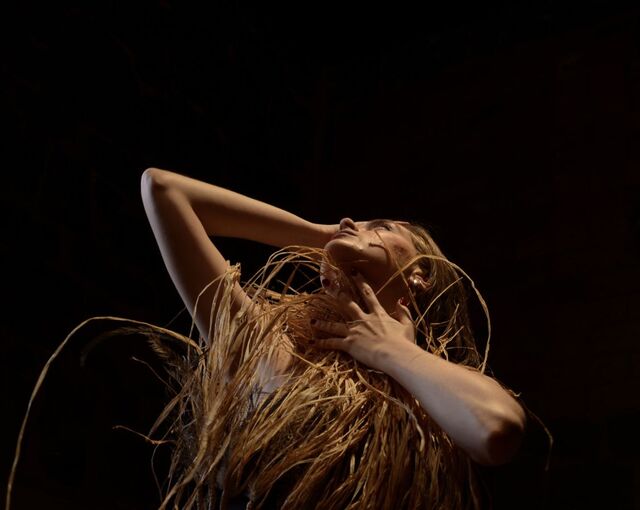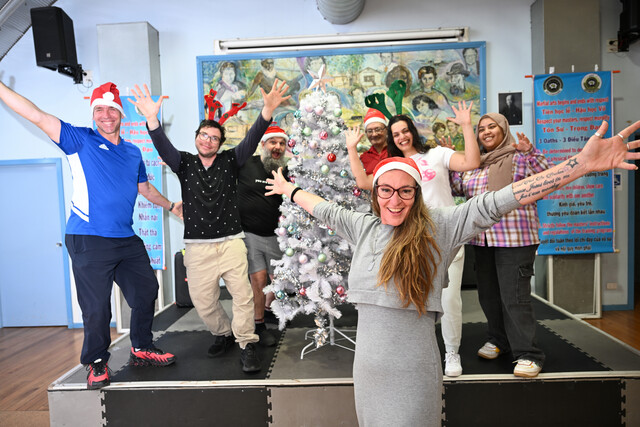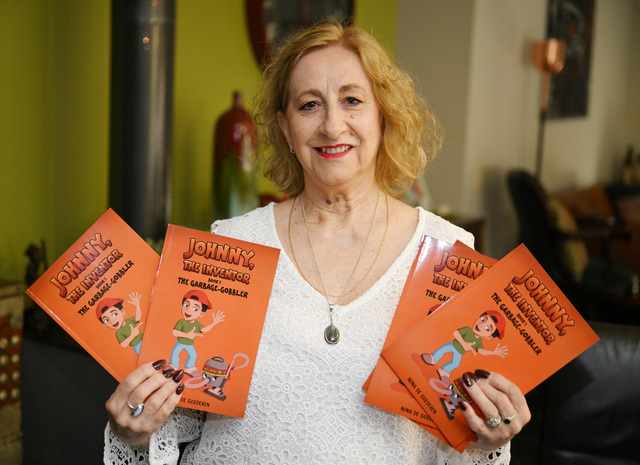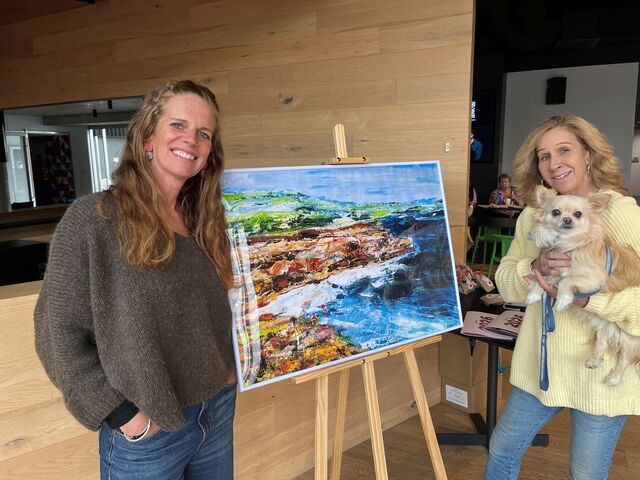The film Wolf Creek 2 may have helped cement Australia’s reputation as a scary place, but it has not damaged it.
International backpackers are flocking to the real Wolfe Creek Crater in the West Australian Kimberley half hoping to feel a tiny frisson of the horror of the cinematic experience.
But many locals don’t need the barely fictionalised spectres of Ivan Milat or Bradley Murdoch to regard the bush warily.
Ever since the arrival of the First Fleet, white European settlers have been bushwhacked by their new environment.
With the landscapes of their minds filled with rolling English hills and the chocolate box prettiness of Europe, the earliest colonial artists struggled to capture the light, colour and vastness of the Australian interior.
Early literature reinforced the great Australian anxiety with the recurring motif of white settler children lost in the bush.
It didn’t help new settlers to discover that the country was also home to a host of deadly creatures including nine of the top 10 most venomous snakes in the world.
Is it any wonder most of the population clings to the coastal strip, sandwiched between the deadly things of the interior and the deadly things of the sea?
But even here we are not safe.
This month an eight-year-old girl was killed and two other children and a teacher were injured when a large branch fell from a gum tree in the grounds of a Sydney school.
Less than two months earlier, a four-year-old girl died and her mother was paralysed when a branch came down while they were walking in a park in central Victoria.
This has provoked an inevitable backlash, with many councils reporting increased requests for removal of “dangerous” trees.
It doesn’t matter that many, many more people are killed – in many cases as a direct result of their own stupidity – by driving into trees while speeding, texting, affected by drugs, alcohol or fatigue. In the face of the community’s helpless anger, eucalypts have become the pit bulls of suburban parks and gardens, to be culled like the sharks off the coast of Western Australia.
But it’s not flora or fauna that’s our most dangerous enemy. As Sea Shepherd’s Australian director Jeff Hansen said at one of the many rallies to protest against the WA government’s shark cull of the Great White:
“If you want to know what causes the most destruction in terms of the ocean, you only need look in the mirror.”
The Great White is the doctor of the ocean. It helps maintain the balance of the underwater world – its natural habitat, not ours.
To kill them impoverishes the ocean upon which we rely for our own survival.
The people killed by sharks should be put in perspective of those who are not.
Similarly, if a branch falls in an empty park, no one would fear it.
It’s more than 120 years since Ethel Turner penned Seven Little Australians in which the beautiful, feisty Judy sacrificed her life by throwing herself bodily over the baby of the family to protect him from a widow-maker.
The tree, however, was not the root of the problem at the heart of this classic Australian story. It was the pride of the patriarch Captain Woolcot, who set off a chain of events that culminated in tragedy.
More contemporaneously, as Wolf Creek 2 reminds us, the worst kind of shark is man, even if we can’t always see it for the trees.







